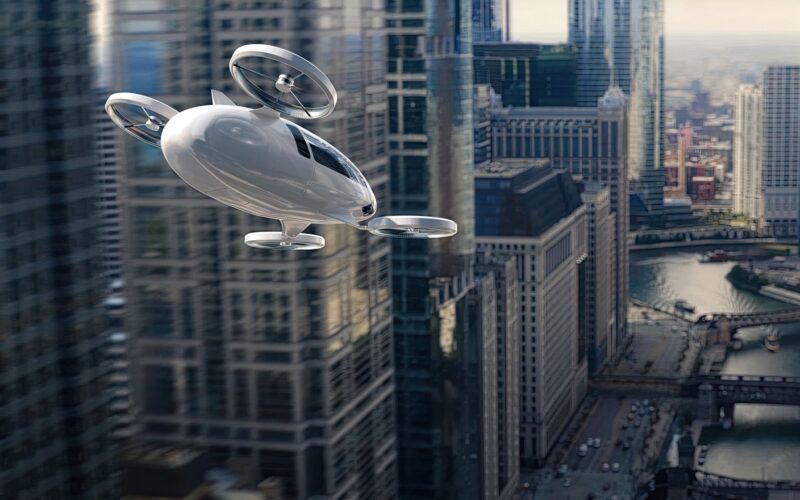In its latest update, the United States (US) Federal Aviation Administration (FAA) has outlined a plan on how urban advanced air mobility (AAM) vehicles, such as air taxis and other electric Vertical Take-off and Landing (eVTOL) aircraft, could be used on a larger scale within the next five years.
The implementation plan, released by the FAA on July 18, 2023, lays out various components and sequences on how AAM vehicles will operate from one or more sites by 2028. It “will serve as a foundation for making entry into service routine and predictable by maximizing the use of existing procedures and infrastructure,” noted the FAA. The Administration added that the plan also addresses how it and other agencies could certify aircraft and pilots, while also ensuring their training.
Questions about infrastructure, security and engagement with the community are also addressed within the FAA’s plan.
“This plan shows how all the pieces will come together allowing the industry to scale with safety as the north star,” said Katie Thomson, the Deputy Administrator at the FAA. Thomson was appointed to the role on June 8, 2023, together with Polly Trottenberg, who is now the agency’s Acting Administrator.
Operating AAM aircraft in the US
According to the FAA, pilots will fly AAM aircraft from multiple sites with pre-determined flight schedules, going up to altitudes no higher than 4,000 feet (1219.2 meters) in urban areas.
Pilots will also have to use existing or altered visual flight rules (VFR) routes within the premises of airports that have controlled Class B and C airspaces around them.
In the US, operators and manufacturers, as well as state and local governments, will have to build and maintain heliport/vertiport infrastructure, with initial operations being handled from already existing heliports and airports. The FAA has warned that infrastructure might have to be upgraded to include “charging stations, parking zones and taxiing space” for AAM vehicles. Potential upgrades to the electrical power grid may also be necessary to support sufficient charging speeds.
“The FAA has an interagency agreement with the Department of Energy’s National Renewable Energy Lab to determine how aircraft electrification affects a vertiport, heliport or airport’s electrical grid,” the agency noted. The FAA will also work with the Transportation Security Administration (TSA) to determine any potential cybersecurity threats, while the Department of Homeland Security (DHS) will handle general security considerations.
Lastly, the FAA plans to monitor any changes to the local environment following the implementation of AAM transportation, including noise, air quality and disruption to wildlife. The agency will take feedback from communities where AAM vehicles will be present as to how that traffic affects their wellbeing.
The new plan follows the FAA’s airspace blueprint released in May 2023, in which the authority outlined how eVTOLs will fly in the early stages of the technology’s adoption. Meanwhile, on June 14, 2023, the FAA released a Notice of Proposed Rulemaking (NPRM), inviting stakeholders to comment on its proposals to implement temporary rules for AAM aircraft pilots.

